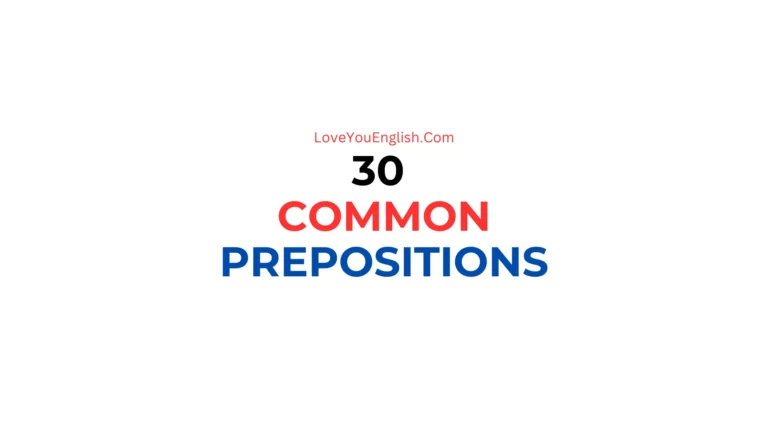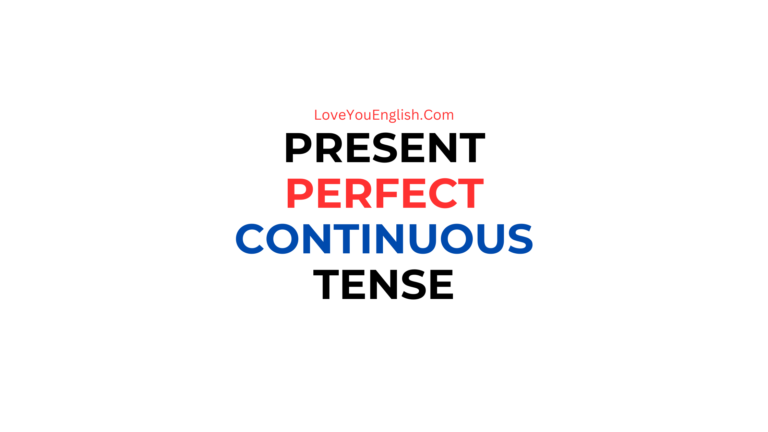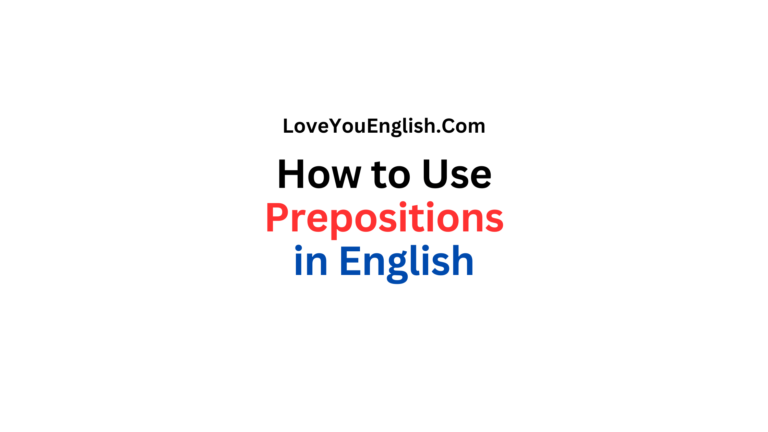Understanding the Difference Between “Neither” and “Either”
Understanding the Difference Between “Neither” and “Either”
English can be tricky, especially when it comes to words that look similar but have different meanings and uses.
Two such words are “neither” and “either.”
These words often confuse people, but once you understand their differences and how to use them, they can be quite simple.
In this lesson, I will break down the meanings, uses, and common mistakes associated with “neither” and “either.”
By the end, you’ll be able to use these words confidently in your writing and speech.
What Do “Neither” and “Either” Mean?
To start, let’s look at what “neither” and “either” mean.
“Either”
“Either” is used to refer to one of two choices or possibilities. It suggests that one option or the other is acceptable or true, but not both at the same time.
For example:
- You can have either tea or coffee.
- Either John or Mary will go to the store.
In these sentences, “either” indicates that there are two options, and one of them can be chosen.
“Neither”
“Neither” is used to show that none of the choices or possibilities are acceptable or true. It negates both options.
For example:
- Neither tea nor coffee is available.
- Neither John nor Mary will go to the store.
In these sentences, “neither” indicates that both options are rejected.
More grammar topics:
- The Verb “To Be” Explained, With Examples
- A Comprehensive Guide to Modal Verbs in English
- Useful Descriptive Adjectives in English
- Difference Between “Either/Or” and “Neither/Nor”
- How to Use the English Passive Voice: A Simple Guide
Using “Either” in Sentences
“Either” can be used in several ways in sentences. Let’s explore some common usages:
1. As a Conjunction
“Either” can connect two clauses or phrases, showing that one of the two options is true or will happen.
Here, “either…or” pairs work together to present two alternatives.
2. As a Pronoun
“Either” can also be used as a pronoun to refer to one of two items.
- I haven’t read either of the books.
- Either of the candidates can win.
In these examples, “either” refers to one out of the two mentioned items or people.
3. As an Adjective
“Either” can modify a noun to indicate any one of the two items.
- Either option is fine with me.
- We can take either road.
Here, “either” describes the noun that follows, indicating that any one of the two is acceptable.
Using “Neither” in Sentences
“Neither” also has various uses in sentences. Let’s explore some common usages:
1. As a Conjunction
“Neither” can connect two clauses or phrases, showing that both options are negated.
- Neither the dog nor the cat likes the new food.
- Neither John nor his brother attended the party.
Here, “neither…nor” pairs work together to negate both alternatives.
2. As a Pronoun
“Neither” can be used as a pronoun to refer to not one of the two items.
- Neither of the solutions works.
- Neither of them wants to go.
In these examples, “neither” refers to none out of the two mentioned items or people.
3. As an Adjective
“Neither” can modify a noun to indicate that none of the two items are acceptable.
- Neither option is good.
- Neither side is willing to compromise.
Here, “neither” describes the noun that follows, indicating that both options are unacceptable.
Common Mistakes with “Neither” and “Either”
Even though “neither” and “either” are simple once understood, they can still be confusing. Here are some common mistakes people make and how to avoid them:
1. Mixing Up “Neither” and “Either”
Sometimes, people use “neither” when they should use “either,” and vice versa.
Remember, “neither” negates both options, while “either” presents a choice between two options.
Incorrect: You can neither have tea nor coffee.- Correct: You can either have tea or coffee.
Incorrect: Either of the movies are not good.- Correct: Neither of the movies is good.
2. Subject-Verb Agreement
When using “either” and “neither” as subjects, pay attention to the verb that follows. If “either” or “neither” is the subject, the verb should be singular.
Incorrect: Either of the books are interesting.- Correct: Either of the books is interesting.
Incorrect: Neither of the options were acceptable.- Correct: Neither of the options was acceptable.
3. Double Negatives
Using “neither” already implies a negative, so adding another negative word can create a double negative, which is incorrect.
Incorrect: I don’t like neither of them.- Correct: I like neither of them.
- Correct: I don’t like either of them.
Examples in Everyday Conversations
To make things even clearer, let’s look at how “neither” and “either” are used in everyday conversations.
Choosing Between Two Options
- Friend: Do you want pizza or pasta for dinner?
- You: Either is fine with me.
Here, “either” shows that both options are acceptable.
Declining Both Options
- Friend: Do you want pizza or pasta for dinner?
- You: Neither. I’m not hungry.
In this case, “neither” shows that both options are declined.
Confirming a Negative Statement
- Friend: Did you finish the book or the movie?
- You: Neither. I was too busy.
Here, “neither” indicates that you did not finish either the book or the movie.
Quick Tips to Remember
- Either means one of the two options.
- Neither means none of the two options.
- Use “either…or” to present choices.
- Use “neither…nor” to negate both options.
- When “either” or “neither” is the subject, use a singular verb.
Practice Exercises
To reinforce what we’ve learned, here are some practice exercises. Try to fill in the blanks with “neither” or “either.”
- You can have ________ tea or coffee.
- ________ of the two solutions is acceptable.
- ________ John nor Mary will attend the meeting.
- I don’t like ________ of the options.
- ________ of the roads leads to the city center.
Answers:
- either
- Either
- Neither
- either
- Either
Conclusion
Understanding the difference between “neither” and “either” is essential for clear and correct communication.
While they might seem tricky at first, remembering that “either” presents a choice and “neither” rejects both options can make it easier.
Practice using these words in sentences, and soon you’ll find them becoming second nature.
By paying attention to their meanings and following the simple guidelines discussed in this lesson, you can avoid common mistakes and use “neither” and “either” confidently in both writing and conversation.
Happy learning!
_____________________
Check out these awesome grammar books I recommend:
- High School English Gram & Comp – by WREN & MARTIN
- English Grammar in Use Book with Answers: A Self-study Reference and Practice Book for Intermediate Learners of English
- OXFORD ENGLISH GRAMMAR COURSE ADVANCED WITH KEY (WITH EBOOK)
- English Grammar (Language Workbooks)
- English Grammar: The Basics: The Basics







